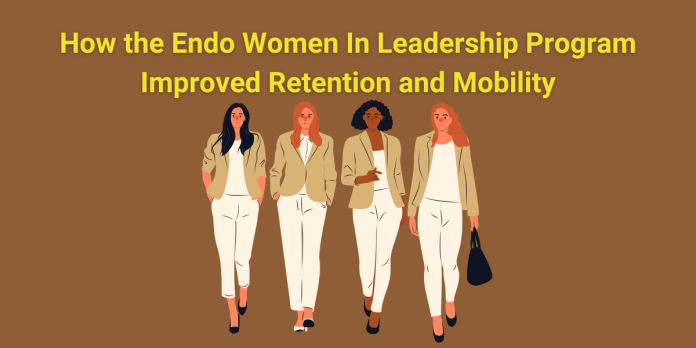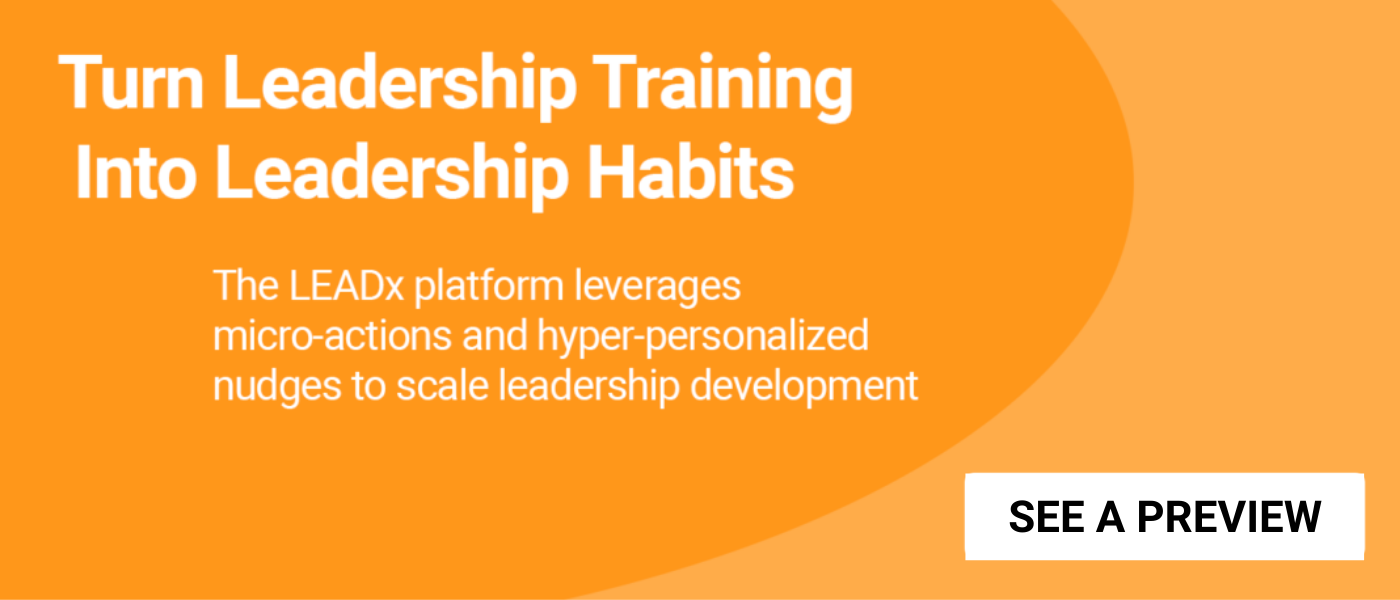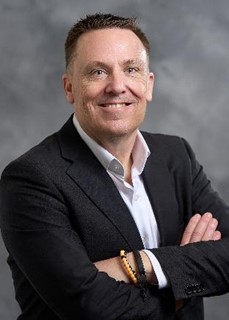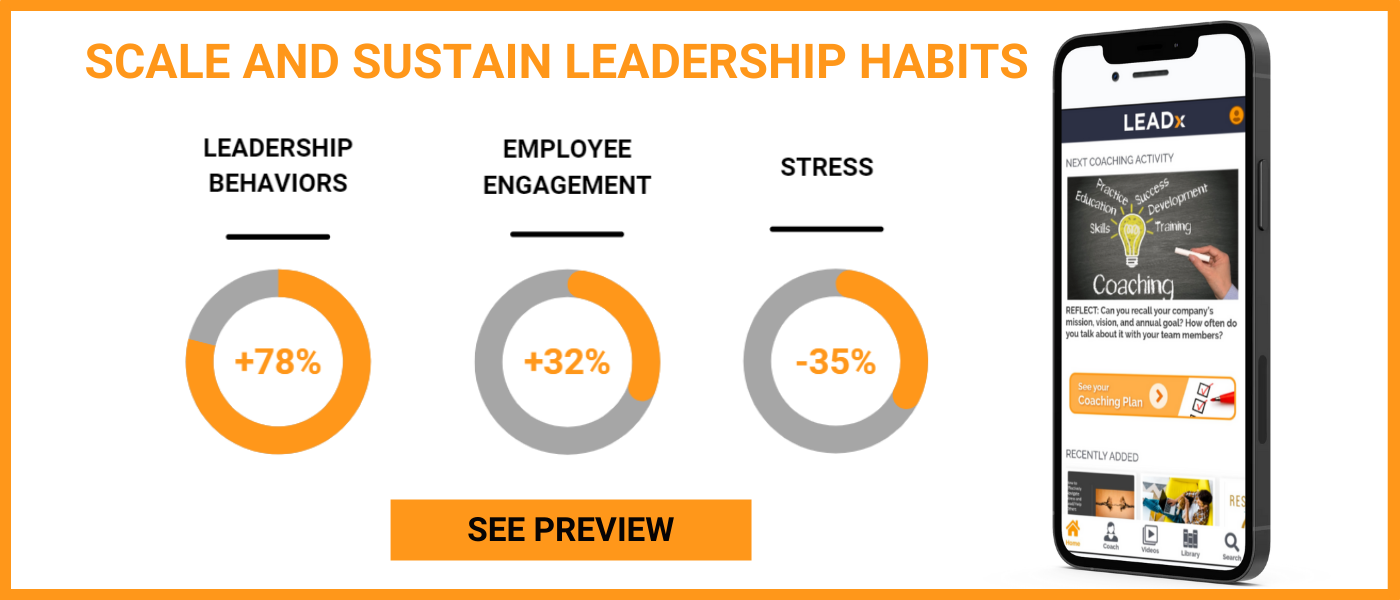
It’s rare to see a commercial executive devoted to L&D programs. It’s even more rare to see an entire executive team supporting and driving new L&D initiatives. When that extra degree of support is present, you see a tangible increase in impact.
The Endo ASPIRE Women in Leadership Program is a perfect example. Senior leader buy-in and advocacy drove their program into existence.
 Endo is a mid-sized specialty pharmaceutical company with 2900 employees. Their headquarters are in Dublin, Ireland, with a U.S. corporate office in Malvern, Pennsylvania. The EVP & President of Global Commercial Operations at Endo, Patrick Barry, saw a need to establish a bench of diverse women leaders within his commercial organization.
Endo is a mid-sized specialty pharmaceutical company with 2900 employees. Their headquarters are in Dublin, Ireland, with a U.S. corporate office in Malvern, Pennsylvania. The EVP & President of Global Commercial Operations at Endo, Patrick Barry, saw a need to establish a bench of diverse women leaders within his commercial organization.
Backed by the senior executive team, including their CEO Blaise Coleman, and with support from outside consultancy Build IN, LLC, Barry rolled out the pilot called ASPIRE Women in Leadership. Since then, Barry has partnered with HR and DEI to fine-tune the program and expand it across the organization.

How the ASPIRE Women in Leadership Program Began
Kevin Kruse: Why did Endo put this program together?
Patrick Barry: One of our strategic priorities at Endo is being a force for good. Part of that is consistency around diversity, equity, and inclusion practices. It’s part of our Diversity, Equity, and Inclusion strategy, as well as part of our learning strategy.
Kruse: I almost never hear about leadership development programs spearheaded by commercial leaders. How did you end up initiating this pilot?
Barry: I've benefited throughout my own career from executive coaching and executive advocacy. And as an executive leader, I've had the privilege of leading strong teams. One of the components of these strong teams is diversity and a female executive presence.
When I saw a need to build our bench of female talent within Commercial, I started ASPIRE. I've seen the power of pairing strong female talent with strong female coaches. So, I helped build ASPIRE to formalize the pairing of female talent with coaches.
On a strategic level, I try to stay close to leadership development. It's so powerful from a retention and culture perspective.
Selection: Manager Nominations Vetted by HR and “Signed Off” by Senior Leadership
Kruse: How many people participated? How were they selected?
Barry: ASPIRE is a cohort-style learning program. We've executed two cohorts of twelve people so far. They’re all Director level and selected based on where they sit in the organization. We look for operational leaders who are already successful in their own right. These are strategic operators who’ve delivered great outcomes. We see great potential in them to continue to do well and to be future leaders who take on more responsibility.
The selection process is three-fold. First, leaders get recommended by their managers. Then, they're vetted through HR and signed off by the senior executive team.
Program Design: Assessments, Executive Coaching, Capstone, and IDPs
Kruse: What is the structure of the program?
Barry: Each cohort goes through about an eight-month experience. It starts with an intentional period of self-reflection. We use the Hogan instrument to help leaders reflect and understand how they show up as leaders.
Then we do 360 interviews to assess leadership impact. The ASPIRE leader puts together her inventory of interviewees. She identifies three people she works with, plus her manager. The executive coach interviews those folks for thirty to forty-five minutes. The coach uses those interviews to create a composite of how this leader shows up. That composite is also supported and augmented with the Hogan assessment. So, each leader gets qualitative and quantitative feedback about her day-to-day impact.
From there, each leader begins building a relationship with her executive coach. Together they develop a coaching contract. The plan consists of ongoing coaching for six months.
There’s also a report-back where ASPIRE leaders engage with their direct supervisor. We want their direct supervisors to understand and support the coaching relationship. The supervisor also reviews the coaching contract with their ASPIRE participant.
Kruse: Were there consistent topics that everyone explored?
Barry: I don’t see the details of anyone’s coaching engagement. But, talking to some of the participants, some common topics come up: Executive presence, influence with senior stakeholders, and ownership of a project with several stakeholders.
The other thing that comes up often is work-life balance and career aspirations. This group of talented individuals already operates at a high capacity. Coaches help them balance and navigate career aspirations with the demands of life.
Kruse: How about sustainment? How did you ensure there was ongoing retention and application?
Barry: We culminate with a Capstone workshop. ASPIRE leaders come together as a cohort. They also go through a facilitated workshop on building individual development plans (IDPs). The idea behind IDPs is that the program and Capstone act as a catalyst for sustainable learning. Leaders can lean on their formalized IDPs to continue to grow moving forward.
We want to show ASPIRE leaders that experiential, on-the-job learning is essential. We combine all this self-directed learning with good mentoring. Mentorship is our secret sauce for a complete learning program.
The Results: Retention and Upward Mobility
Kruse: What kind of ROI have you seen thus far?
Barry: First, there's qualitative feedback. From senior leaders and ASPIRE leaders' managers, we received positive feedback. We got comments like, “Wow, this leader reached a turning point in self-awareness and self-improvement. They're stepping forward in ways they weren't before.”
For quantitative results, we tracked movement within Endo. Out of twenty-four leaders, ten were promoted or had step movements in twelve months. We're also looking at retention. So far, only one leader has turned over.
Lessons Learned: Get Intentional about Networking Opportunities
Kruse: What lessons did you learn from your pilot?
Barry: We want to be more intentional about the benefits of cohort learning. We want to bring these leaders together for more networking opportunities. We want to use cohort learning to allow them to unpack their experiences together.
In a similar vein, we want to consider introducing an MBA-style group project. ASPIRE participants would have the opportunity to team up to solve a real Endo business problem. Assigning a senior leader to each project would also instigate learning and networking.
4 Takeaways for Leadership Development Professionals
- Senior Leader Buy-In Elevates the Experience. A nomination-based program that comes from your executive team engages and motivates leaders. The program feels much less like a check-the-box nuisance. As participant Linda Huss, Director of Corporate Affairs, stated, “The invitation was itself a powerful way to show I was valued.”
- A Cohort-Based Approach Powers a Future Network of Women. To run ASPIRE, Endo teamed up with Annalise Matulewicz, Principal at Build IN Coaching LLC. Matulewicz pointed out the power of a cohort-based approach. “Given the remote environment, it’s more important than ever to use cohort-based learning. Cohorts enable a focus on networking and relationship building.”
- Coaching is Powerful When Integrated with Business Goals. Mike Capaldi, the founder of Versatile Collaboration LLC, served as a strategic advisor and capstone facilitator on the ASPIRE program. Capaldi described how holistic this program is. He said, “Executive coaching can sometimes happen as a ‘one-off.' There's too little connectivity to the organization's overall talent management. ASPIRE leveraged coaching as a tool in their greater attempt to foster the talent of high potential women.”
- Pilot, Get Results, EXPAND. The program’s massive success with the commercial group made expanding the program across Endo the next natural step. As you set out to add a women in leadership program at your organization, consider a small pilot to prove value. Then, apply lessons learned to refine your program and launch it on a bigger scale.






